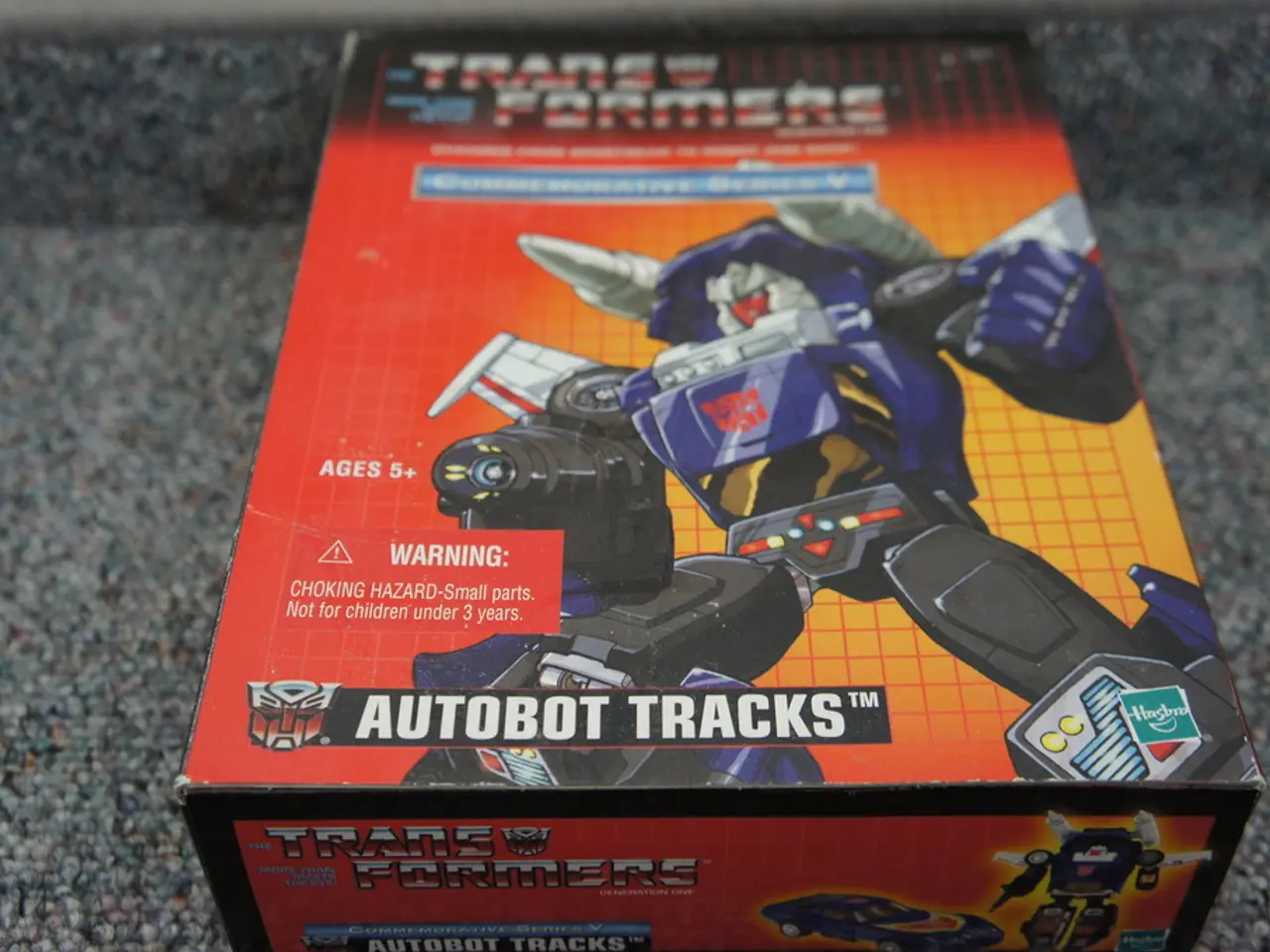RPA Revolution: Businesses Automate Repetitive Tasks for Growth
Businesses are increasingly adopting Robotic Process Automation (RPA) to handle repetitive tasks, freeing up human time for more strategic work. RPA is software that mimics human actions, interacting with applications just like a human would.
RPA is designed to automate structured, rule-based tasks that are time-consuming and repetitive. It follows pre-set instructions to process data, transfer information, and execute routine workflows without manual input. When implemented effectively, RPA transforms workflows by automating high-volume tasks that slow down productivity.
Across various industries, RPA is currently used to streamline and automate repetitive tasks. In Finance & Treasury and Supply Chain Manufacturing & Operations, for instance, it's applied to handle tasks such as invoice processing, customer onboarding, and report generation. RPA reduces errors and speeds up operations, allowing employees to focus on more complex tasks that require human judgment and creativity.
RPA, when implemented correctly, becomes an invisible workforce that enhances efficiency without disrupting existing systems. Businesses across industries, from finance and healthcare to supply chain management, are using RPA to streamline processes, reduce errors, and improve overall efficiency. By automating repetitive tasks, RPA enables employees to focus on strategic work, driving business growth and innovation.
Read also:
- Meta's AI Chatbot Boosts Content, Apple's Siri Under French Data Probe
- Europe's Energy Infrastructure Under Siege: Cyberattacks Surge 67% in 2025
- YouTube has disbursed over $100 billion to content creators on its platform since the year 2021.
- Investment of $20 million in strategy by the Aqua 1 Foundation of the UAE in Above Food







